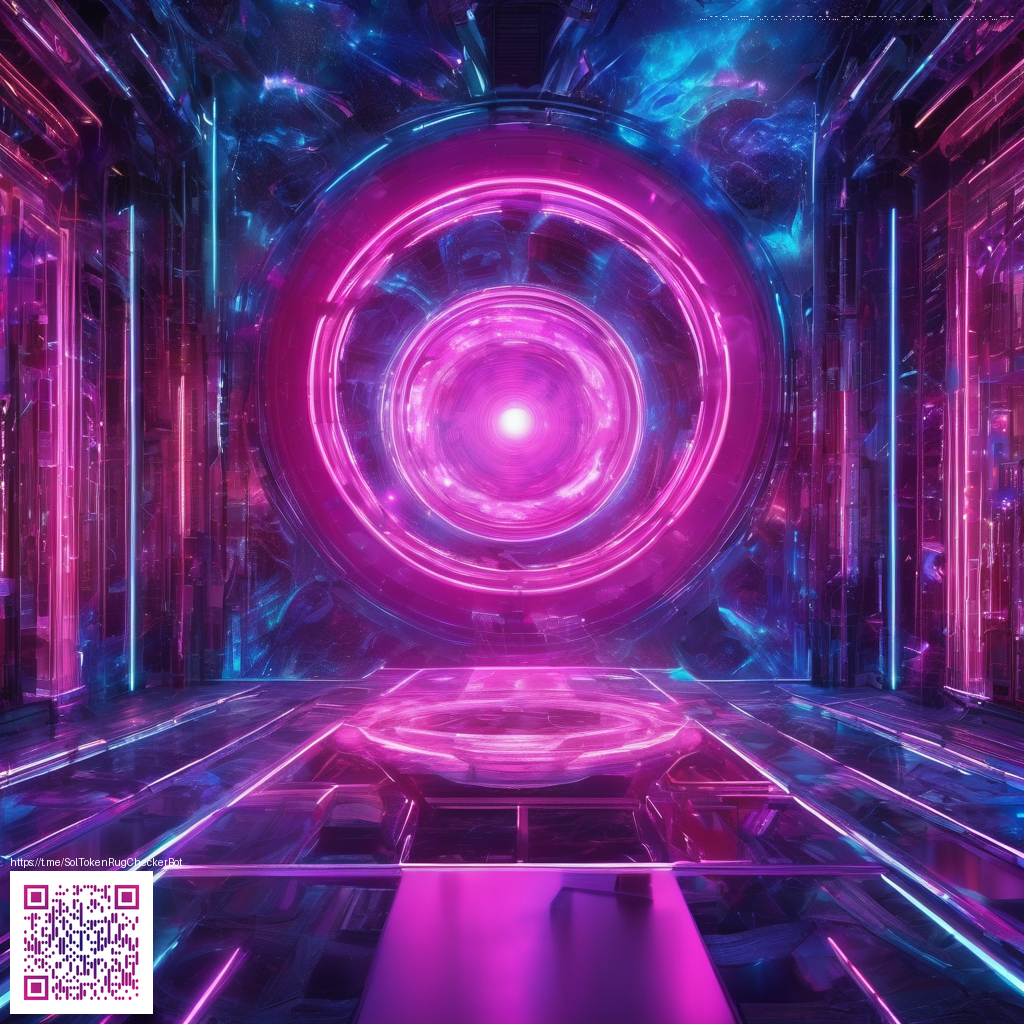
Understanding Color Psychology in Digital Interfaces
Color isn’t just a visual garnish; it’s a powerful communicator that speaks to users before they read a single word. In digital interfaces—from dashboards to e-commerce checkouts—hue choices influence attention, mood, and trust in a matter of milliseconds. When done well, color reinforces clarity, nudges behavior in the right direction, and reduces cognitive load for everyday tasks 🎨💡. As designers and product teams, we should treat color as a first language that users understand instantly, even on small screens where every pixel counts 📱✨.
How hues shape user behavior
Different colors unlock different mental shortcuts. Red can signal urgency and prompt quick decisions, blue often communicates reliability and calm, while green tends to indicate success or safety. Orange invites action without overwhelming, and purple can evoke creativity and novelty. The trick is to map these signals to your user goals and brand personality, then test iteratively. In practice, you might pair a dominant blue interface with a bold accent color for calls to action to balance trust with encouragement 💙🔶.
- Red communicates urgency or warnings. Use sparingly for critical actions or alerts. 🚨
- Blue conveys credibility and calm. Ideal for navigation bars, headers, and primary information areas. 🧭
- Green signals success and go-ahead. Great for confirmation messages and progress indicators. ✅
- Orange draws attention to actions without the intensity of red. Perfect for primary CTAs in leisure or retail apps. 🟠
- Purple suggests creativity and innovation. Useful for onboarding moments and feature explorations. 🟣
“Color is a language that users read in a fraction of a second—get it wrong and attention drifts; get it right and intention is guided with ease.” — UX designer, 2024
Accessibility and inclusive color strategy
Color should never be the sole vehicle for meaning. Text must meet contrast guidelines (WCAG 2.1 AA at minimum), and critical information should be conveyed with patterns, icons, or text in addition to color. For colorblind users, rely on redundant cues—shape, texture, and motion—and test palettes under simulated viewing conditions. A thoughtful palette improves readability for everyone, not just the majority 🎯🌈.
When you design with accessibility in mind, you also future-proof your product for diverse contexts—mobile daylight, dim environments, or high-contrast displays. This becomes especially important for dashboards and gaming interfaces where quick, reliable interpretation of data is essential. A well-chosen palette can reduce error and speed up decision-making, even when users are multitasking in busy environments 🧠🔎.
Practical guidelines for color in UI
Here are bite-sized, implementable tips that can elevate your next design sprint:
- Define a dominant hue aligned with your brand and use it for primary surfaces and CTAs. This creates a cohesive visual rhythm throughout the interface. 🎯
- Use contrast wisely to separate content from background without sacrificing legibility. Test across devices and lighting conditions. 🌗
- Reserve bright accents for action and highlights, not for every element—overuse dulls the impact. ✨
- Embrace color tokens in your design system so that hues scale consistently across components and themes. 🧭
- Plan for dark mode with a complementary palette that preserves readability and mood. Dark themes are not just aesthetics; they reduce eye strain in low light. 🌃
As you apply these principles, consider how peripherals and accessories in your ecosystem support or contradict the chosen color story. A neon gaming mouse pad, for instance, can harmonize with vibrant UI accents and reinforce a cohesive, high-energy environment. If you’re exploring such integrations, you might be curious about the Neon Gaming Mouse Pad — Rectangular, 1/16in Thick, Non-Slip as a tangible embodiment of a bold color identity 🎮🧪.
For designers who want to see color in action beyond theory, this reference page offers a practical glimpse into how palettes translate into interface choices and layouts: https://zircon-images.zero-static.xyz/8081fcfe.html. It’s not a blueprint, but it’s a helpful guide to observe how hue variations affect perception across real-world designs 🌐🎨.
Design workflow tips to lock in color success
- Start with a mood board that captures the emotional tone you want users to feel at each stage of their journey. 🗂️
- Create a color contrast checklist early in the design phase and re-check after adaptive layouts are defined. 🧪
- Prototype with real content and accessible text colors to surface readability issues before handoff. 🧩
- Conduct quick A/B tests focused on hue variations for key actions to uncover subtle performance gains. ⚡
Ultimately, color shapes how users perceive flow, priority, and trust. When you align hues with user intent and brand personality, you reduce friction and invite exploration. The synergy between digital interfaces and physical peripherals—like the neon glow of a gaming pad—can amplify this effect, creating a holistic, immersive experience that feels intentional from first glance to last click 🚀🎨.
If you’re building a design system or refining a product’s visual language, keep color psychology at the forefront. You’ll notice not only faster decisions but also happier users who feel understood by your interface and its surroundings 🧭💬.